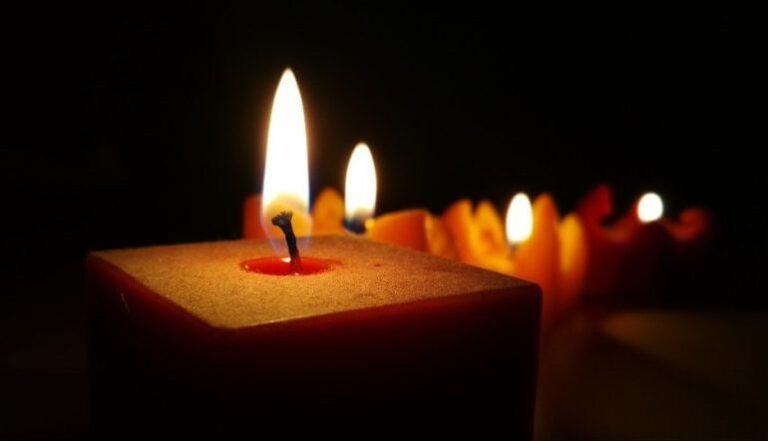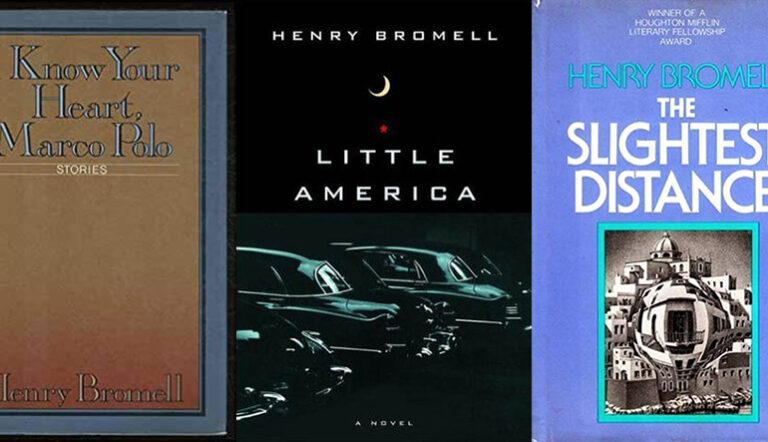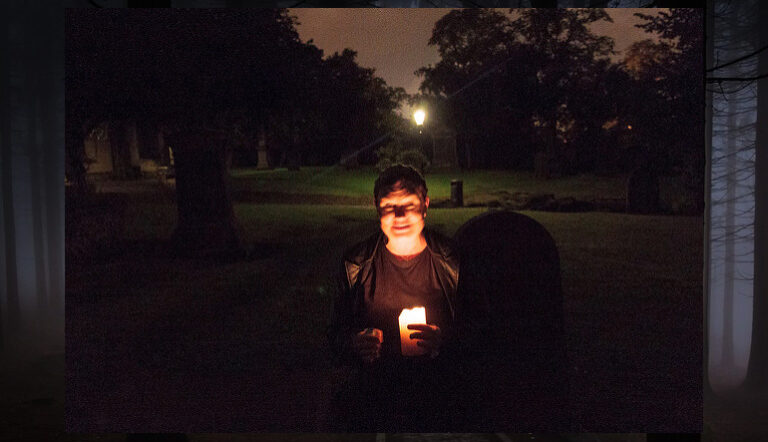Water in The Veins of the Ocean
 In The Veins of the Ocean, Patricia Engel’s 2016 novel, Reina, the protagonist, and her entire family, having been exiled from Cartagena, Colombia to the United States, are separated from their country by a vast gulf. The water is a physical barrier to their home. But the ocean doesn’t just act as a barrier in the novel—it is also the scene of the traumatic event that Reina’s life revolves around. When Reina’s older brother Carlito was just a child, their father Hector threw him into the water. Carlito survived, but Hector did not, having died by suicide in prison shortly thereafter. Years later, Carlito takes his infant daughter to the same bridge and, in a fit of rage, throws her into the water as well. Unlike Carlito, she dies.
In The Veins of the Ocean, Patricia Engel’s 2016 novel, Reina, the protagonist, and her entire family, having been exiled from Cartagena, Colombia to the United States, are separated from their country by a vast gulf. The water is a physical barrier to their home. But the ocean doesn’t just act as a barrier in the novel—it is also the scene of the traumatic event that Reina’s life revolves around. When Reina’s older brother Carlito was just a child, their father Hector threw him into the water. Carlito survived, but Hector did not, having died by suicide in prison shortly thereafter. Years later, Carlito takes his infant daughter to the same bridge and, in a fit of rage, throws her into the water as well. Unlike Carlito, she dies.
Carlito is soon after incarcerated on death row. After not being able to save his daughter in the water he was thrown in, in the water that he threw her in, in the water that separates him from his native Cartagena, Carlito, too, dies by suicide. His family thus suffers this traumatic experience twice. They are stuck in the pains of this trauma as they are stuck in exile, trying to swim through a riptide that won’t let them go.
Reina and her mother keep going back to the ocean. When Reina was a child, her Mami told her, “‘Listen to the water, Reina…If you trust the tide, it will always return you to shore.’” Reina’s mother also talked about “going back to Cartagena to live, as if this North American life were just some interlude and we ended up here by accident.” Neither woman feels at home in Miami; Reina’s mother feels that life, like the current of the ocean, will redirect them home.
The family, however, is stuck in this journey back to their “home.” Reina spends all her time with Carlito, trying to remind him that he is human while he is in a cage, keeping in mind what Mami said—that “the greatest gift you can give someone you love is being with them as they die.” But they are all, still, prevented from feeling at home, the water acting as both a physical and spiritual barrier.
Later, Reina recalls how Universo, a friend of hers from Cartagena, said the sea was dark because of “the blood that pooled together on its beaches from all over the Caribbean, the million souls lost on the journey to these shores…‘The water remembers what civilization tries to forget.’” The water separating Reina from her home, the water that took her father and her brother and her niece away from her, doesn’t let Reina forget about her exile or her trauma.
Because of its pervasiveness, water also works its way into the family’s descriptive vocabulary. When Reina meets Nesto, a Cuban exile, in the Florida Keys, she subversively uses water imagery to talk about him. Nesto is not a “watered down” Cuban, like those who have been exiled for a long time. When he struggles in Miami, he is “adrift” in the nostalgia of other Cubans who have not been back in a long time. When Reina asks Nesto why he has left his family in Havana, he says “‘I didn’t leave them. I just took the first step. So I can throw out the rope and they can come behind me.’”
Nesto is also on a journey for family, for home. “His dreams lay on the other side of an invisible bridge, but every bridge he came across, just like the famous Bacunayagua, which Cubans believed to be one of the Wonders of the World, led nowhere but back to itself.” When Nesto leaves Havana for Miami, he believes he has escaped the Ouroboros that is Cuba’s bridges. Nesto’s family used to go to the ocean as much as they could during his childhood—he tells Reina it “was the only place they could feel free. Even being limited by their breath and by their human forms wasn’t as limiting as the life that waited for them on land”—and in leaving for Cuba, he comes to understand that the ocean remains his place of freedom. Having realized that he feels no more free in Miami than he did in Havana, he starts to go diving.
In the middle of the novel, Reina decides to accompany Nesto on one of his dives. In preparation, Nesto describes to her the physical changes that a body goes through when diving, explaining that some people submit to a “meditative and sometimes hallucinatory state as the brain slows down and the lungs compress, fighting the urge to breathe.” Carlito hated the water after he was thrown into it as a child; he struggled with this physical barrier between him and his home. Nesto, on the other hand, is only at peace when plunging into its depths, a feeling that Reina begins to understand: “You just want to go deep enough to arrive at that moment when your thoughts stop and all you feel is the water and your heartbeat, he says; you let the ocean possess you, and return to the surface connected to your instincts, enraptured by the mystery of life and of creation.” Reina plunges into the depths of the gulf, pushing her body as far as she can in order to relieve herself of the pain that exile and trauma endured during exile have given her.
When Reina is later confronted by a condescending employer about the labels of the “ocean” and the “sea”, she thinks about barriers, how “a single wave can travel around the whole world before it hits shore. There are no borders, no security checkpoints to inhibit a wave’s journey. The world’s oceans are one body of life. Only land separates water, but land, too, is rooted in the oceans.” Shortly afterward, Reina traverses the gulf between Colombia and North America, returning to her native Cartagena. Near the end of the novel, as Reina and Nesto continue to struggle with their respective exiles and traumas, Nesto says to Reina: “‘I don’t want you to think of me as a burden, but since the night we met, you have been the only thing keeping me from drowning.’” Reina is a home for Nesto; on this journey, Reina keeps him afloat.
Reina used to trust that she and Carlito would always make it back to shore if they jumped into the water together. “We could throw ourselves off the bridge as a pair, and when we came up through the waves, taking our first breaths, we’d each see the other waiting, and find our way back to land together.” They could survive the exile and make it back home if they took the journey together. When Reina and Mami collect Carlito’s body at the end of the story, the prison guards describe what Carlito had carved into himself as a rainbow, but when Reina sees his wound, she knows it’s a bridge. Like the bridge that he was thrown off of and the bridge he killed his own daughter on. Like the bridge that his family is on now, as they continue to try to cross the gulf—a barrier between two places, neither of which feels like home now. At the end of the novel, Reina rests on the water, the bridge between the two places she has ever called home. We see her floating away, trusting that the tide will take her to Nesto and the shore, and that she will feel at home when her feet touch the ground there.


